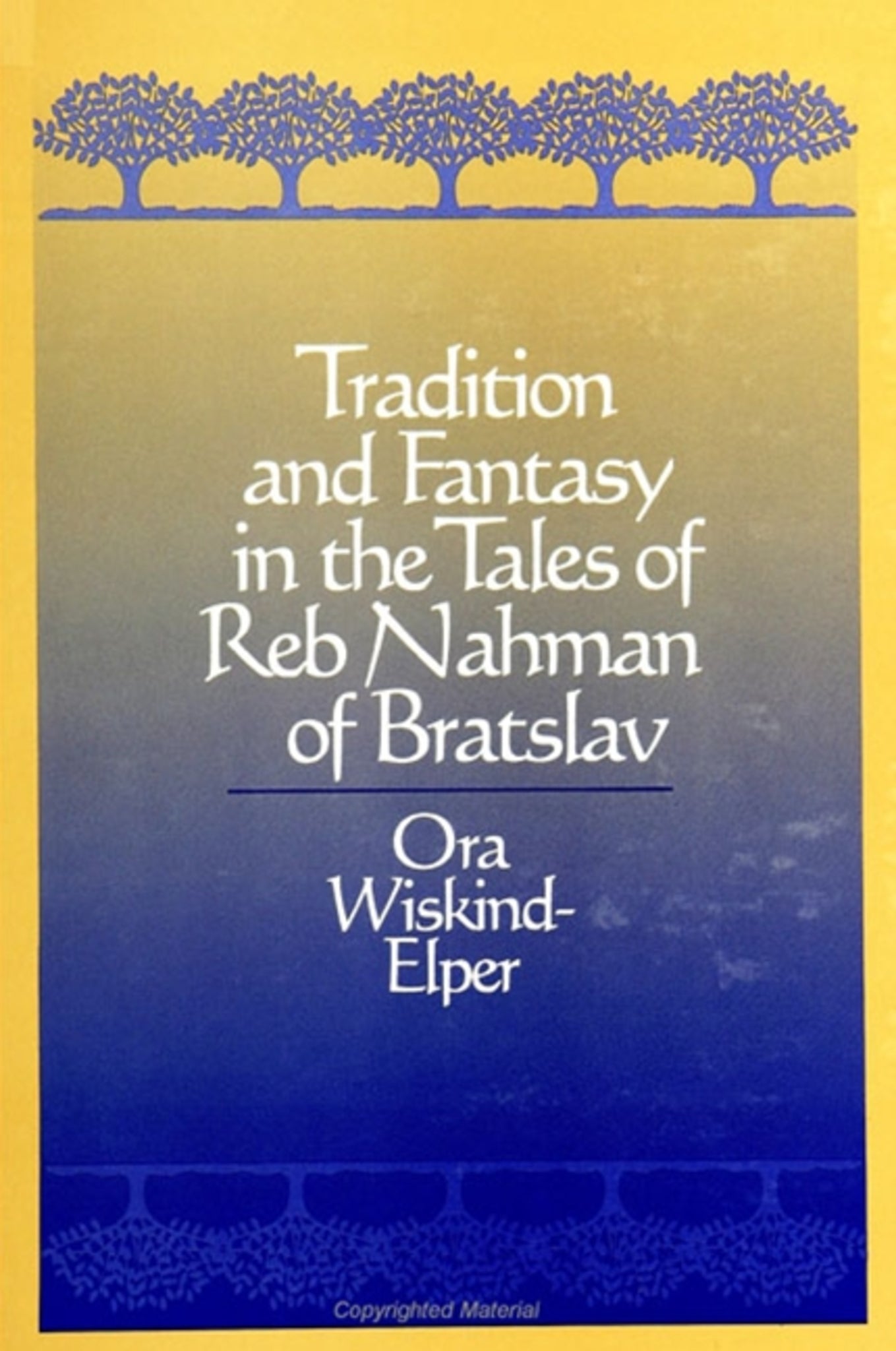We're sorry. An error has occurred
Please cancel or retry.
Tradition and Fantasy in the Tales of Reb Nahman of Bratslav

Some error occured while loading the Quick View. Please close the Quick View and try reloading the page.
Couldn't load pickup availability
- Format:
-
16 July 1998

Considers the tales of Reb Nahman of Bratslav within a broad cultural milieu, including the romanticism of Reb Nahman's time, contemporary feminist hermeneutics, and the fantastic in various contexts.
One of the most radically innovative of Hasidic masters, Reb Nahman of Bratslav transformed images and concepts basic to Jewish thought into new and compelling forms. Tradition and Fantasy in the Tales of Reb Nahman of Bratslav uses comparative literary criticism, a range of Hasidic commentary, and original exegesis of the source texts to bring the complex artistry of Reb Nahman's thought to light, making it accessible to a wider audience.


"A work of impeccable scholarship and impressive scope, it builds on all available primary and secondary sources in Hebrew, English, and German about this most protean of religious and imaginative thinkers. There is no other work in any language on Reb Nahman's Tales as thorough, comprehensive, and original as this, and it is fair to say that all subsequent works will be measured against this one. Wiskind-Elper has delivered on both the 'tradition' and 'fantasy' side of her title, which is to say, she has situated Reb Nahman's symbolism, theology, plots, motifs, and style within the huge corpus of Jewish sacred narrative, while at the same time providing a rigorous literary analysis of these tales as exemplars of fantasy literature. In a bold stroke, she has redefined the genre of fantasy literature in terms of Reb Nahman's Tales. Thus, without soft-peddling the otherness of Reb Nahman's religious imagination, she has made it accessible to intelligent readers of any modern persuasion." — David G. Roskies, author of A Bridge of Longing: The Lost Art of Yiddish Storytelling
Preface
Introduction
I. The Poet's Self and the Poem
1. The Figure of the Zaddik
2. Innovation and Inspiration: Linking Past to Future
3. The Approaching Redemption
4. Autobiographical Aspects
II. Telling Tales; or, The Physics and Metaphysics of Fiction
1. The Sanctification of Fiction in Hasidic Tradition
2. Adoption of Narrative Elements from Other Genres
Folktales
Rabbinic Literature
3. The Torah as Text and Archetype
4. Multifarious "Texts" and Their Symbolic Value
III. The Romantic Drama
1. Romanticism: A General Definition
2. The Romantic Quest
3. The Indwelling Life of Nature
The Garden
Music
4. In God's Image He Created Her
Metaphors of Motherhood
The Shekhinah: From Mourning to Joy
IV. The Dimension of the Fantastic
1. A Characterization of the Fantastic World
The Mythical Worm and its Evolution
Mythopoetic Archetypes
Between Past and Future: Nostalgia and Expectation
A Definition of the Fantastic as a Literary Genre
2. Perception and Deception: Transmutations of Reality within the Tale
The Dream Paradigm
The Tale Entitled The King's Decree
The Dream of t he Circle in Hayyei Moharan
The Tale Entitled The Lost Princess and the Song of Songs
The Tale Entitled Fly and Spider
3. Blurring of Boundaries, Shifting Identities
Theological Implications: The Kushiya
4. Metamorphosis of Imagery
Symbol
Metaphor
Allegory
The Tale of Heart and Spring
5. The Effect of the Dimension of the Fantastic on the Listener/Reader
Notes
Bibliography
Index of Subjects
Index of Sources



